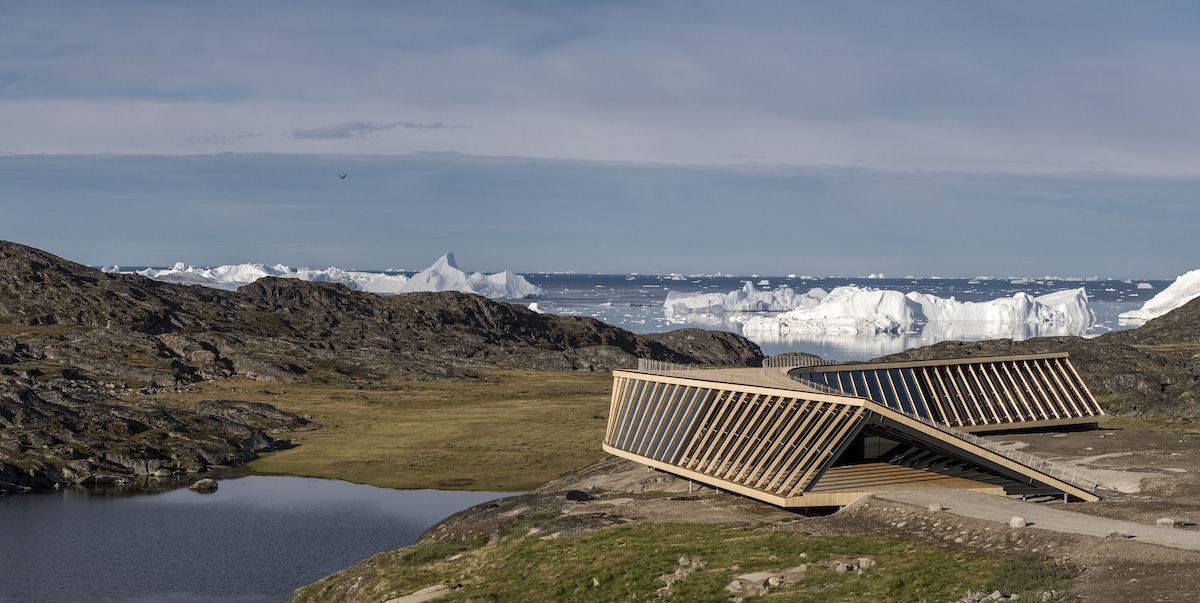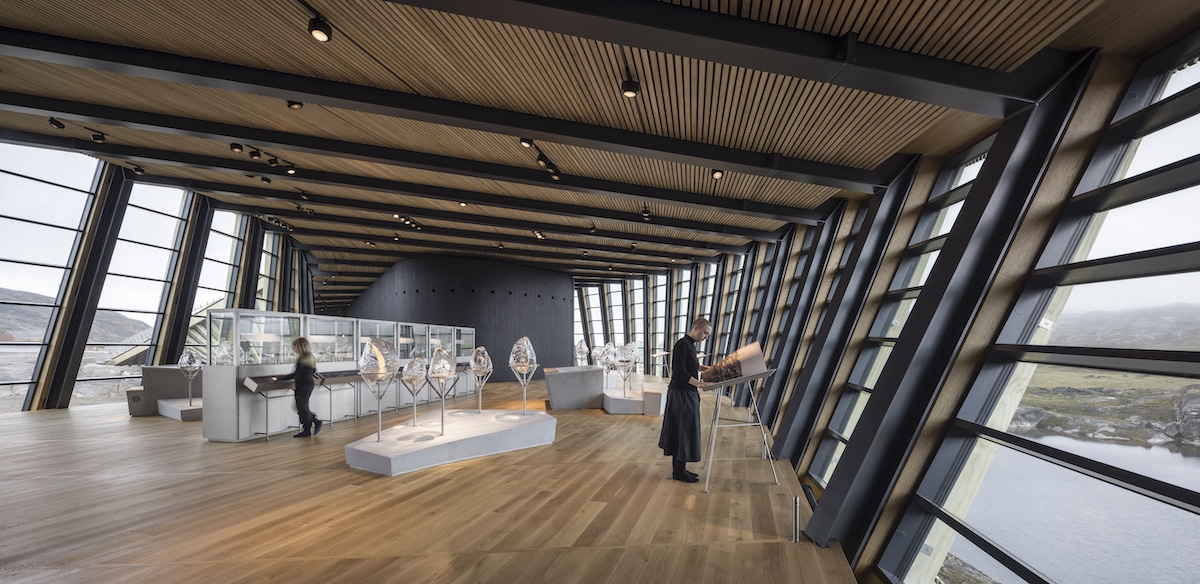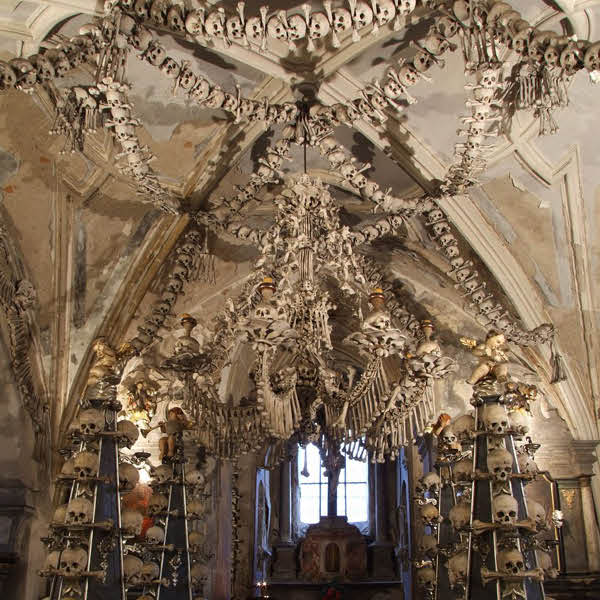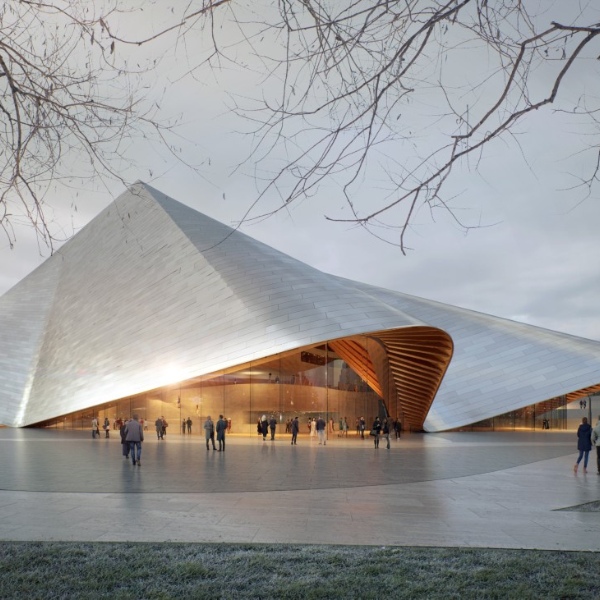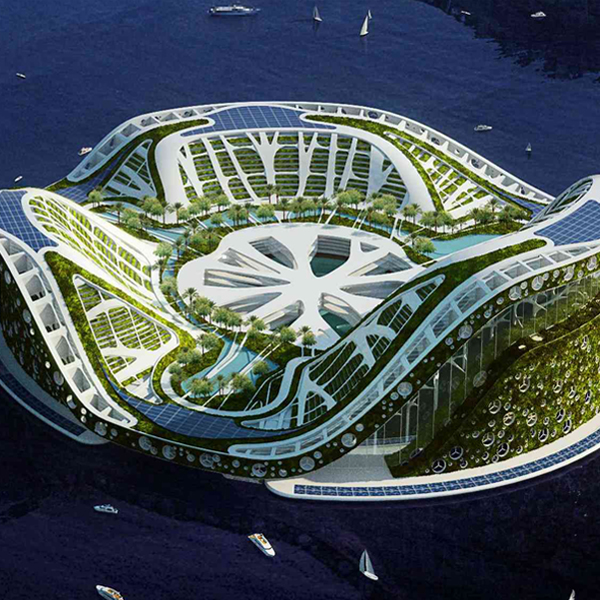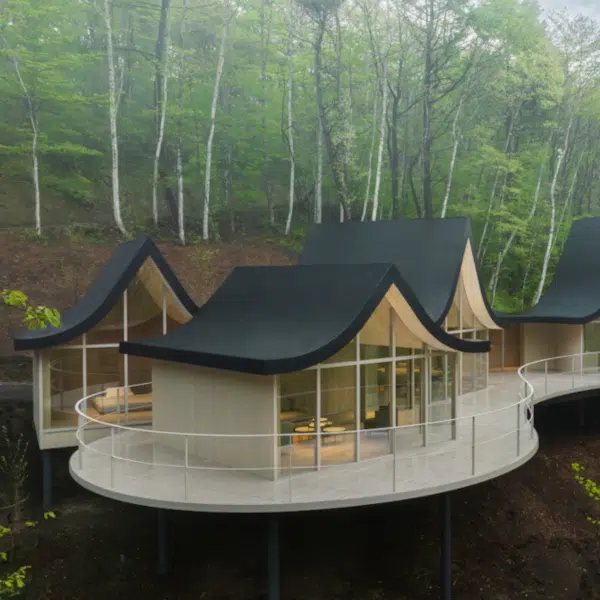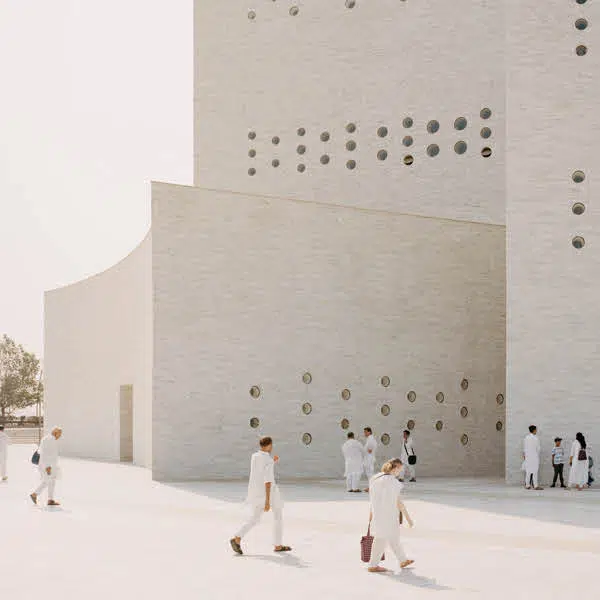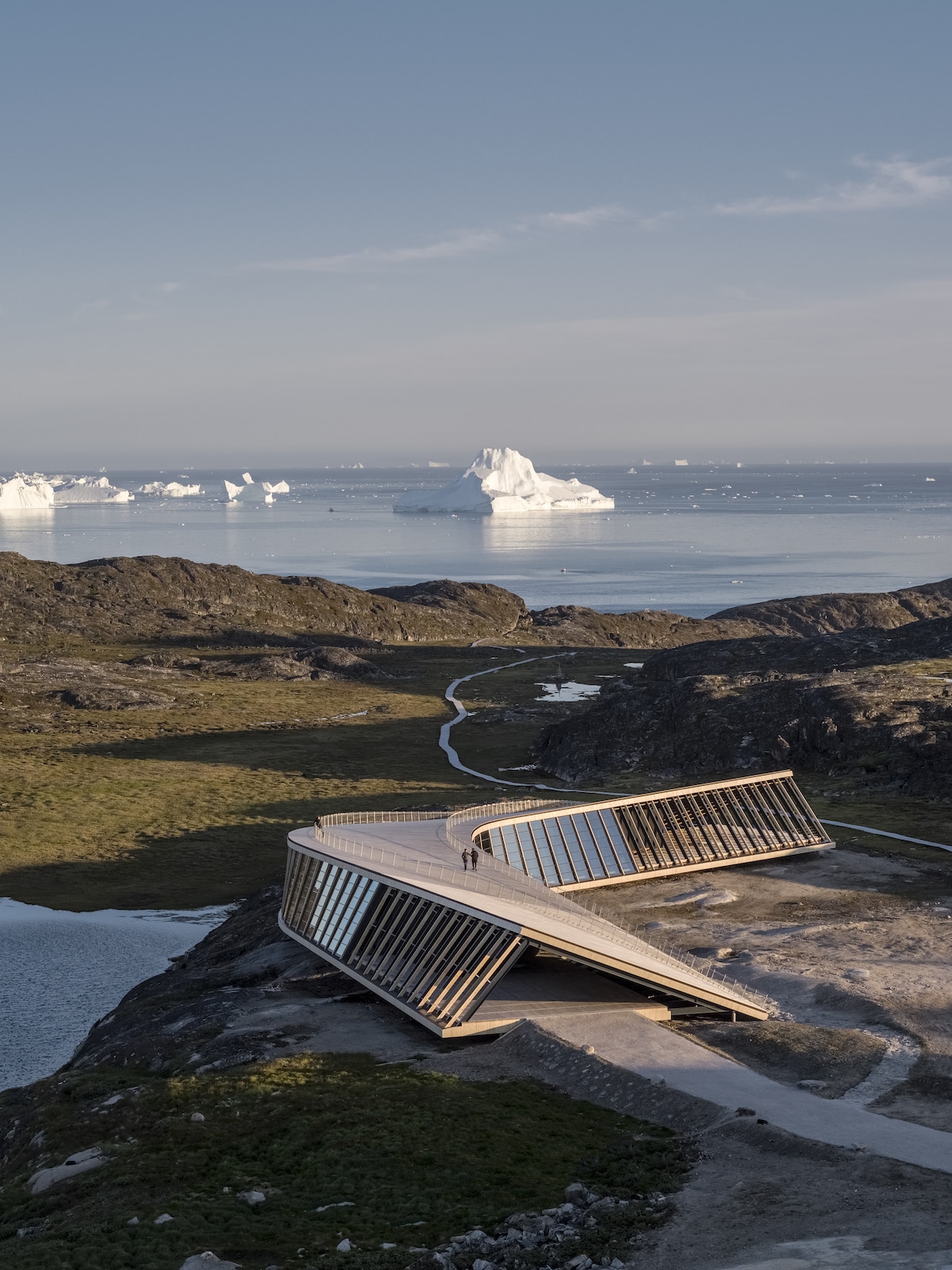
Danish architect Dorte Mandrup is known for her elegant and sculptural projects that thoughtfully adapt to unique sites around the world. Her firm's recent project known as the Ilulissat Icefjord Centre is one of them; it is a research and visitor center that tells a hauntingly beautiful story about climate change and our environment.
Ilulissat is located on the western coast of Greenland just 250 kilometers, or about 150 miles, away from the Arctic Circle. It is sometimes described as the best place to see climate change in action as massive icebergs break away from the Sermeq Kujalleq glacier and float off towards Disko Bay.
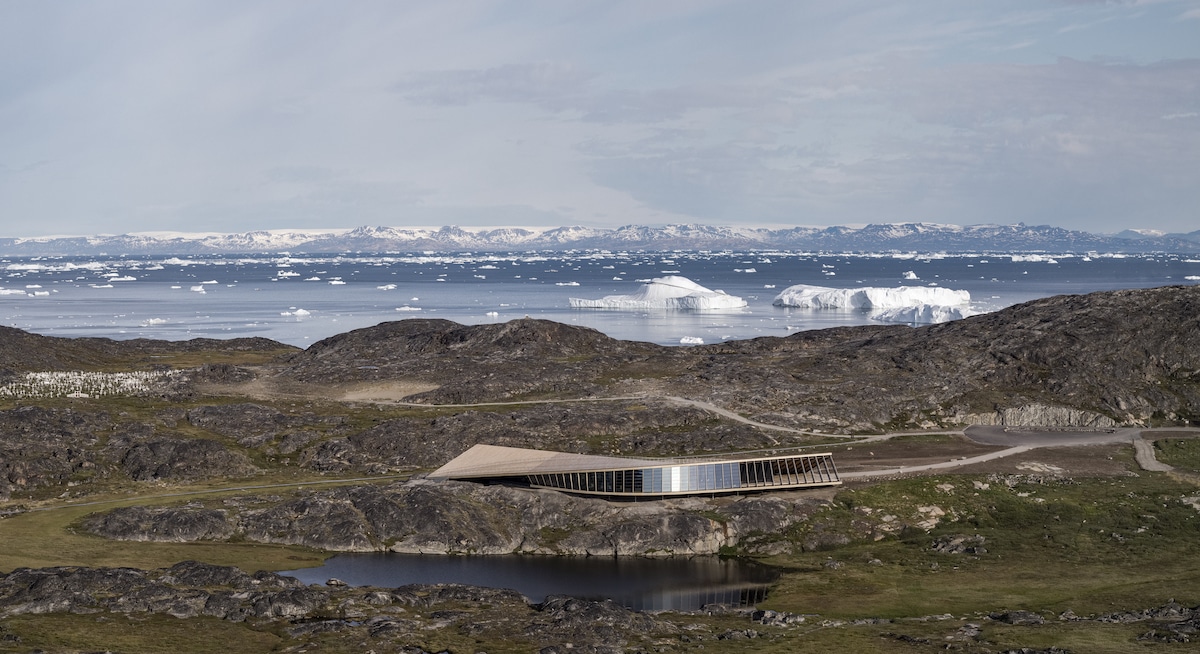
Inspired by the dynamic place, the firm views the project as “a story of ice, human history, and evolution on both a local and a global scale.” In the plan, the building takes the shape of a boomerang—a design that serves both a technical and a conceptual purpose. The curved form is carefully considered in relation to the site and minimizes the build-up of snow which would block the views of the landscape. Aside from a clear need to deal with harsh site conditions, the double-curved roof also creates a dramatic procession for visitors. This pathway ends at a lookout area that frames views to the Sermermiut Valley and to the ice fjord.
The architecture provides a backdrop from which the immense Arctic area can be appreciated. “The Icefjord Centre offers a refuge in the dramatic landscape,” the firm explains, “and aims to become a natural gathering point from which you can experience the infinite, non-human scale of the Arctic wilderness, the transition between darkness and light, the midnight sun, and the northern lights dancing across the sky.”
If you were inspired by this sculptural addition to the frozen landscape, be sure to check out the firm’s work on the Whale Museum in the Arctic Circle. Plus, we interview Mandrup herself on the My Modern Met Top Artist podcast. Learn more about the Ilulissat Icefjord Center during the illuminating chat.
The Ilulissat Icefjord Center is an elegant climate and visitor center off the coast of Greenland.
